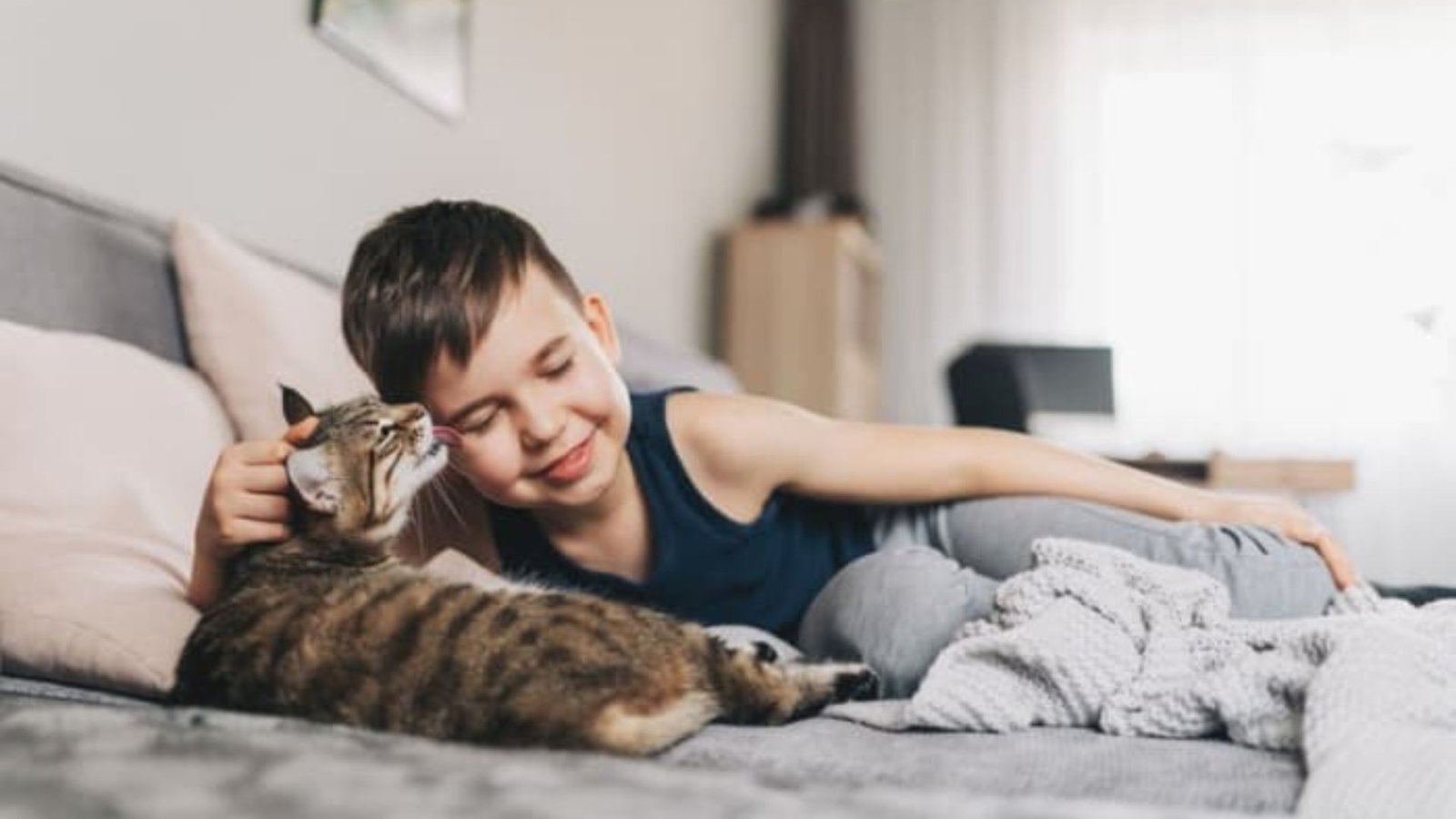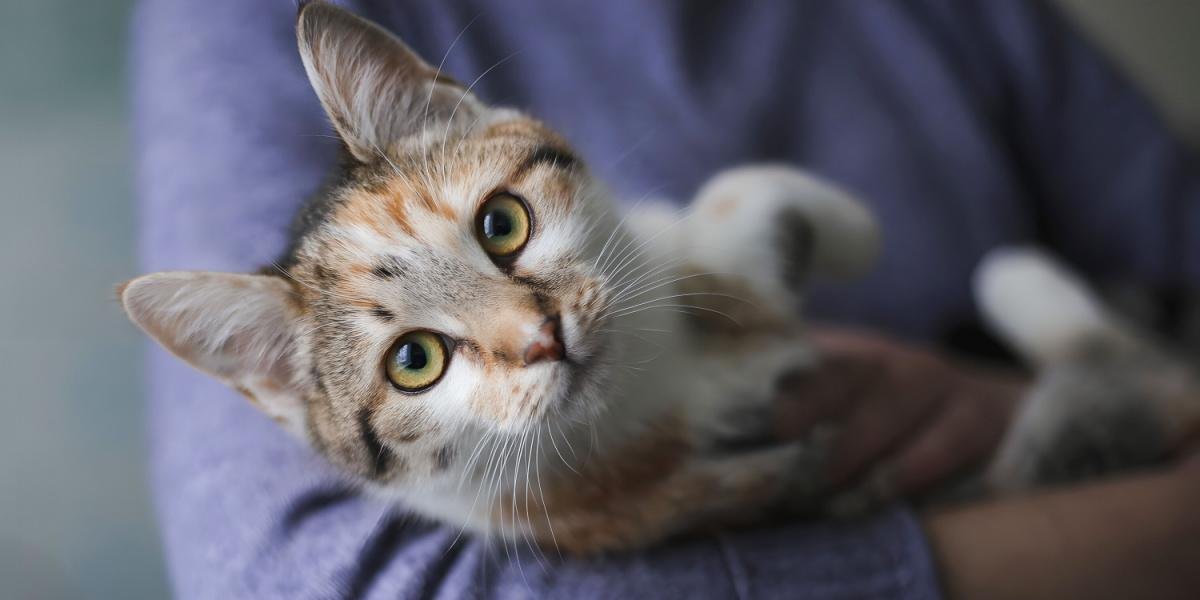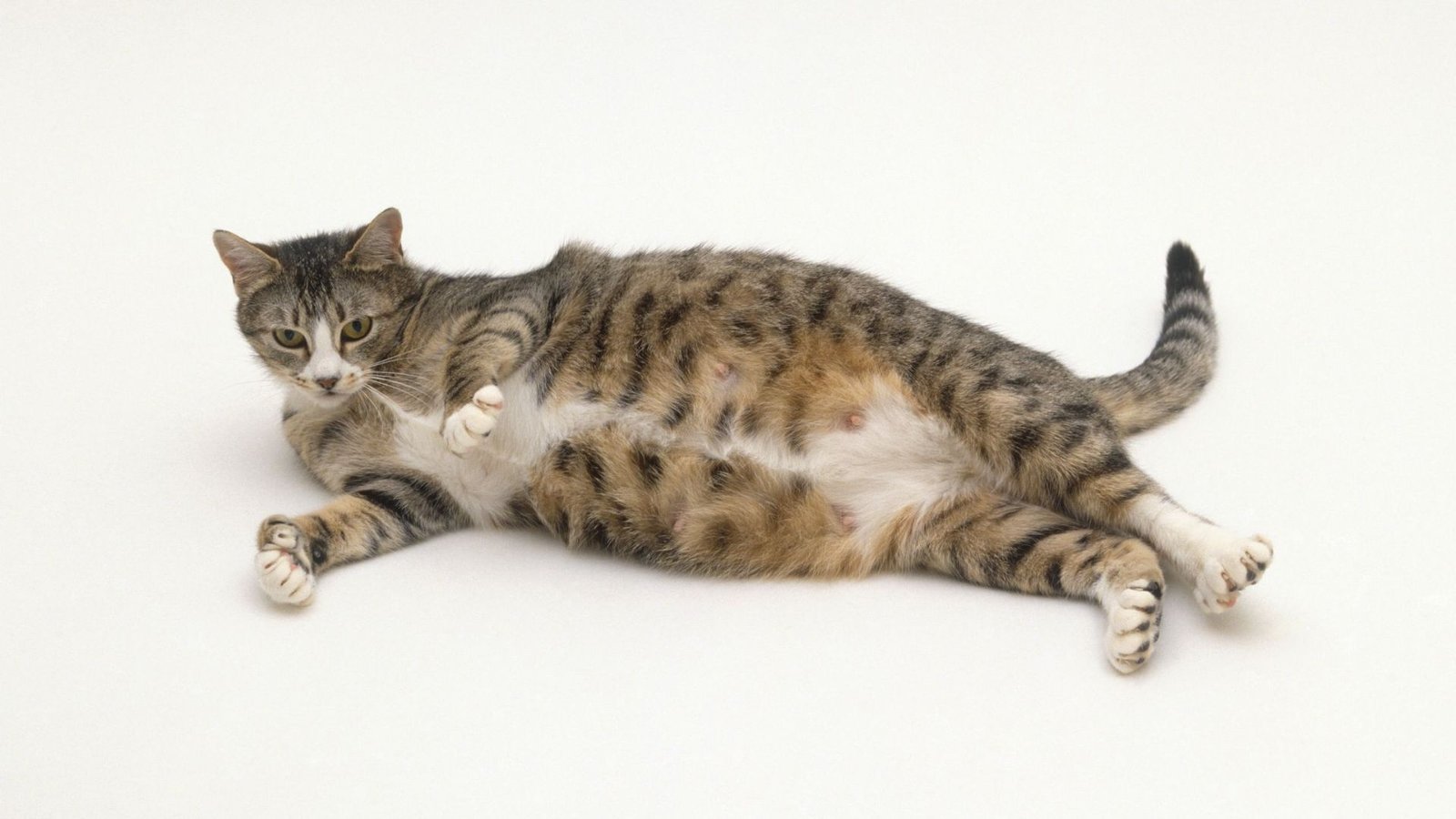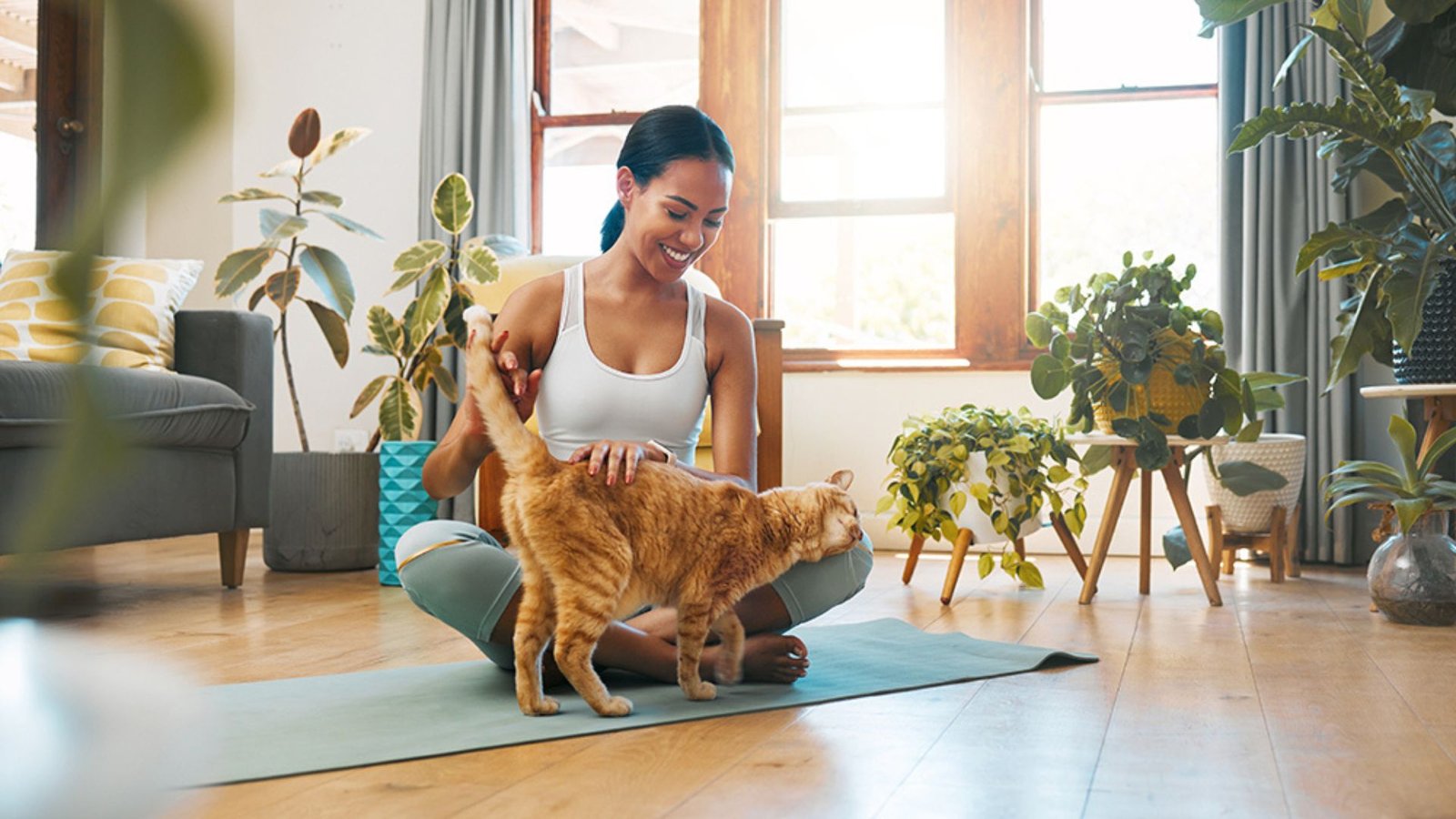If you’ve ever wondered why female cats are more affectionate, you’re not alone! Many cat owners notice that female cats often seem to form closer, more affectionate bonds with their human companions than male cats. While each cat is unique, there are a few reasons why female cats may be more loving. In this article, we’ll explore some of the factors that contribute to the affectionate nature of female cats, from their instincts to their personality traits.

1. Female Cats Are Often More Independent
One reason female cats may seem more affectionate is that they tend to be more independent than male cats, especially when they are spayed. This independence can lead them to form deeper, more trusting relationships with their owners because they feel secure and comfortable around them.
Why Independence Leads to Affection:
- Self-sufficiency: Female cats, particularly those that are spayed, are often more content spending time alone. This makes them more likely to seek out affection from their owners when they do want company.
- Calmer demeanor: Since they’re not constantly seeking out mates or competing with other cats, female cats can be more relaxed and loving with their human families.
This sense of calm and comfort allows female cats to bond with their owners on a deeper level.
2. Hormonal Differences Between Male and Female Cats
Hormones play a major role in shaping a cat’s behavior, and they may explain why female cats tend to be more affectionate. Female cats experience hormonal changes related to their heat cycles, which can influence how they interact with humans.
The Impact of Hormones on Affection:
- Spaying and affection: When female cats are spayed, they no longer experience the hormonal fluctuations caused by heat cycles. This can make them calmer and more affectionate, as they aren’t driven by the same instincts as unspayed females.
- Hormonal fluctuations in heat: Unspayed female cats in heat may act more aggressively or frantically seek attention, but once spayed, they are often much more relaxed and loving.
Spaying helps to remove the stress and agitation that come with heat cycles, allowing female cats to show more affection and focus on bonding with their owners.
3. Motherly Instincts of Female Cats
Another reason female cats may be more affectionate is because of their strong maternal instincts. Even if a female cat has never had kittens, her nurturing nature often makes her more inclined to form close, loving relationships with the people around her.
The Role of Maternal Instincts:
- Nurturing behavior: Female cats tend to be more nurturing and protective by nature. They may see their human owners as “family” and treat them with extra care and affection, much like they would care for their kittens.
- Bonding with humans: Because of this maternal instinct, female cats may show more affection toward their owners, purring, cuddling, and following them around the house for companionship.
This nurturing instinct can make female cats more likely to seek out attention and show love to their human family members.
4. Socialization and Early Experiences
A cat’s early experiences and socialization can heavily influence how affectionate she becomes as an adult. While both male and female cats can develop affectionate personalities, female cats may be more likely to bond closely with their owners if they’ve had positive early experiences with humans.
Importance of Early Socialization:
- Positive interactions: Female kittens that have early, positive interactions with humans are more likely to grow up to be affectionate, trusting adults.
- Forming secure bonds: Cats that feel safe and loved from an early age are more likely to seek and return affection throughout their lives.
If you adopt a kitten, socializing her early on can help her develop into a friendly, loving, and affectionate adult cat.
5. Personality and Breed Differences
While there are some general trends in cat behavior, each cat is unique, and their breed, environment, and personal experiences can significantly affect their personality.
Breeds Known for Affection:
- Siamese cats: Siamese cats, whether male or female, are known for being extremely affectionate and bonding closely with their owners.
- Ragdolls: This breed is also famous for being gentle, loving, and often wanting to be held or cuddled. Female Ragdolls tend to be especially affectionate.
- Maine Coons: Maine Coons are friendly, social cats that enjoy spending time with their humans, and females of the breed often have a gentle, loving temperament.
6. Affectionate Behavior in Female Cats
Female cats tend to show affection in more subtle ways compared to male cats, but their displays of love can be just as powerful. Female cats may seek attention, but they often do so in a quieter, more reserved manner.
How Female Cats Show Affection:
- Head butting: Female cats often show affection by rubbing their heads against you. This is a sign of bonding and affection, as they have scent glands on their faces and mark you as “family.”
- Purring: Female cats are often purring when they’re relaxed and content, and they may purr while resting on your lap or sitting next to you.
- Cuddling and lap-sitting: Many female cats enjoy cuddling with their human companions, sitting on their laps or curling up beside them for warmth and comfort.
- Following you around: Female cats may follow you from room to room, seeking companionship and affection throughout the day.
These behaviors are clear signs that your female cat is affectionate and enjoys your company.
7. Male Cats vs. Female Cats: Which Is More Affectionate?
While female cats are often thought to be more affectionate than males, this isn’t always the case. Male cats, especially those that have been neutered, can be just as loving and friendly. However, male cats are sometimes more playful or energetic, while female cats may show affection in quieter, more reserved ways.
Comparing Affection in Male and Female Cats:
- Male cats may be more energetic, playful, and sometimes even clingy, but they might not always show affection in the same calm, nurturing way that female cats do.
- Female cats, on the other hand, often form deeper, quieter bonds with their owners, seeking affection and companionship in a more subtle, consistent manner.
In the end, the level of affection a cat shows can depend on her personality, breed, and experiences rather than just her gender.
Conclusion
So, why are female cats more affectionate? It’s a combination of their instincts, hormonal influences, early experiences, and individual personalities. Female cats tend to be more independent, nurturing, and bonded to their owners, which makes them great companions for those looking for a loving, attentive pet. While male cats can be affectionate too, female cats often show their love in quieter, more subtle ways.
No matter whether you adopt a male or female cat, the most important thing is to provide them with love, care, and attention. With the right environment, any cat can become a wonderful, affectionate companion.




